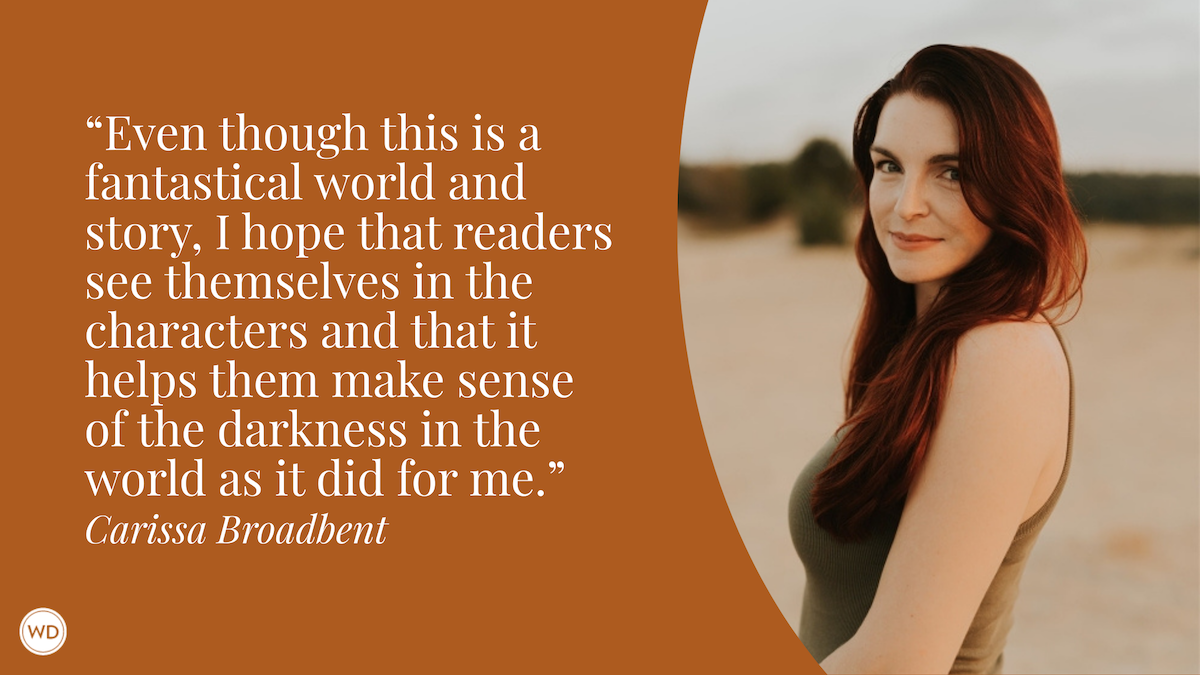Why a Writer Without a Deadline Is Looking For Trouble
How to Write a Book in 4 Steps + Why Deadlines are Important Without deadlines, writers tend to NEVER STOP WORKING; therefore, I think deadlines are pretty important. To quote…
How to Write a Book in 4 Steps + Why Deadlines are Important
Without deadlines, writers tend to NEVER STOP WORKING; therefore, I think deadlines are pretty important. To quote Chris Baty, creator of National Novel Writing Month and author of No Plot? No Problem!, “A deadline is, simply put, optimism in its most ass-kicking form.”
Without a deadline, prose can always be improved, chapters can forever be tinkered with, and there is always something that can be changed. In this FREE download, Why a Writer Without a Deadline Is Looking For Trouble, you’ll learn a few things to keep in mind when thinking about creating goals and setting a deadline for your work and how to deal with the “I Don’t Have Enough Time” dilemma. Keep reading for our quick list of how to write a book in four simple steps, then download this free guide to find inspiration for effective writing.
Enter your email to join the Writer's Digest newsletter and get your free download!
How to Write a Book: 4 Simple Steps to Getting Started
Step 1. Develop a Kick-Ass Idea
All book writing has to start somewhere, and the best place to kick off your manuscript is by coming up with a great idea. Book ideas come in all shapes and sizes and can be found anywhere—an article you read from your local newspaper, a conversation you overheard at Starbucks, a recent experience you during a vacation, etc. Your overall idea should be narrowed down to one-to-two paragraphs, similar to the back cover copy you find on most books. When writing books, idea is king. Always remember that.
Step 2. Create 3-Dimensional Characters
How to start writing a book begins with an idea, but your idea needs to be carried out with well-developed characters. This doesn’t just mean fictional characters—memoirs and nonfiction books still have characters, even if those characters are based on real people. When you write your own book, you must ask yourself what makes this character unique, what is the No. 1 thing this character wants, and what obstacles must he or she overcome to reach it. Readers love flawed but relatable characters. Strive to make your characters as interesting as possible.
Step 3. Give Yourself Deadlines
Maybe the most pivotal step in the steps to writing a book, setting a deadline and sticking to it is essential. It’s the difference between serious writers and those who are merely dreamers. Too many writers say they are going to write a book and, after starting strong, find excuses as to why they stopped (or are on a super-long pause from writing books). There are definitely legitimate reasons that could prevent you from book writing—help needed in the family, a health issue, etc. But if you’re serious about writing a book, you have to make time for it. Deadlines will push you to do just that. (The free download below offers advice on how to help set reasonable deadlines and stick to them).
Step 4. Sit Your Butt Down and Write
You can spend as much time as you want reading tips for writing a book, how to write books, and how to edit your novel—and you should spend some time doing that. You should invest in studying the craft and learning how to write a bestseller. But you’ll never write a book if you don’t spend time writing. Do it during your lunch break. Do it while waiting for the kids at soccer practice. Do it after everyone goes to bed. There’s no official book writing template; there’s just you, a pen, and paper (or a computer, of course).
Now discover our best tips for how to write a book effectively when you download this free eBook.
Now that you’ve read the basic steps to writing a book, it’s time to further your writing career by diving deeper into the deadline (a writer’s worst enemy and best friend, all at the same time!). Get your copy of the free download to learn the secret to setting effective deadlines.
Enter your email to join the Writer's Digest newsletter and get your free download!









